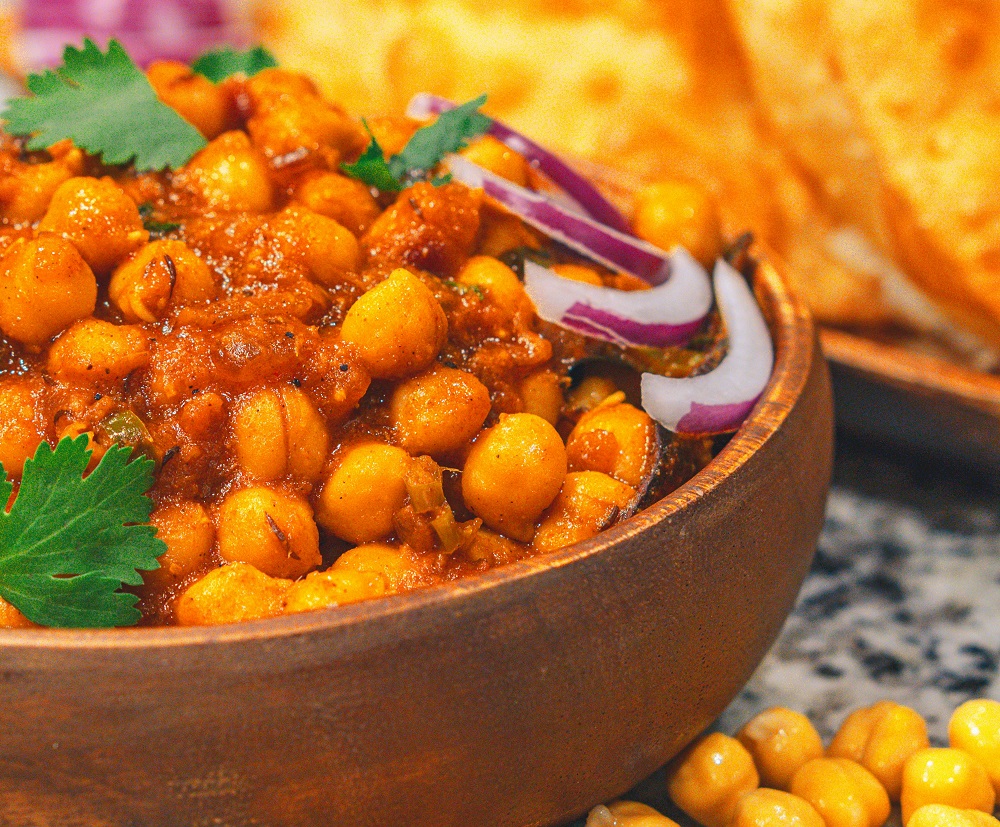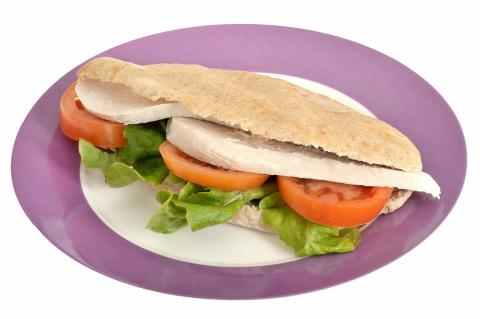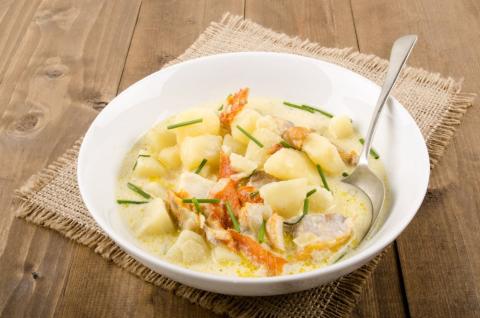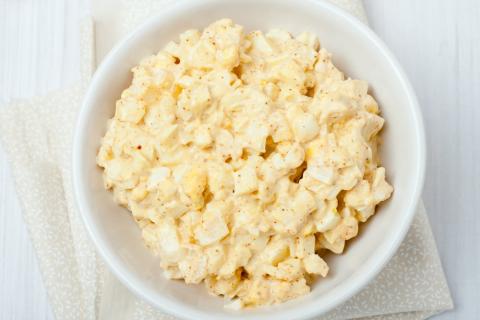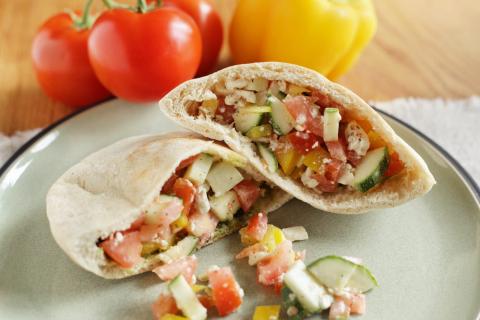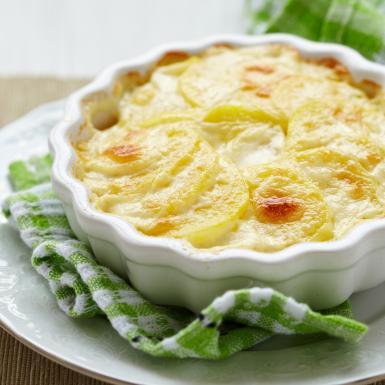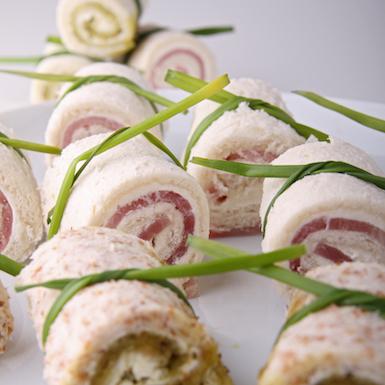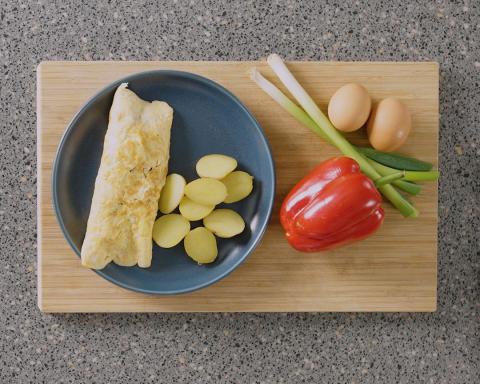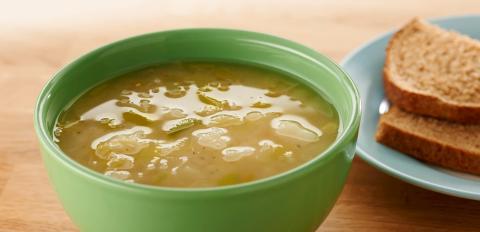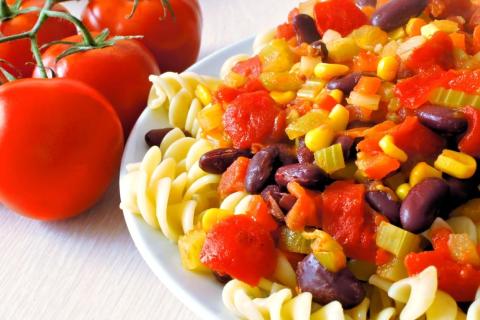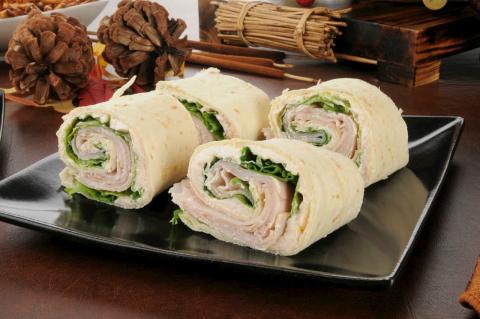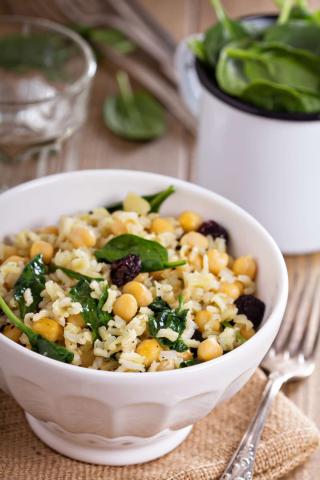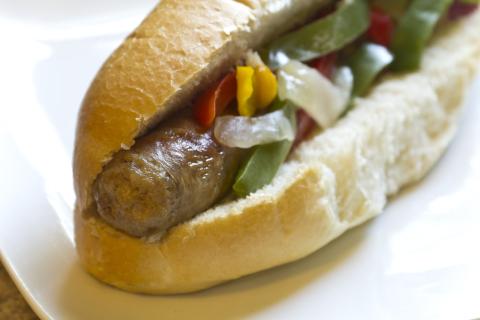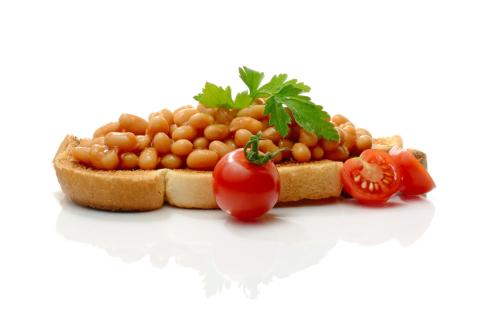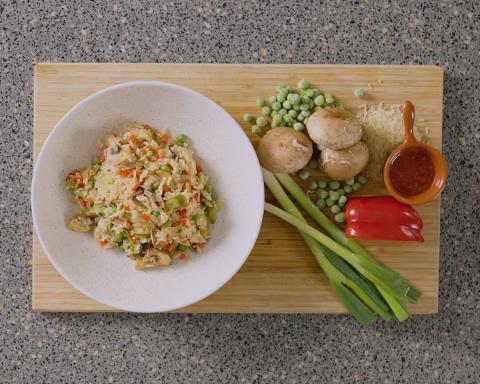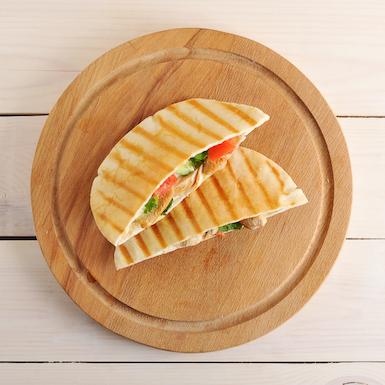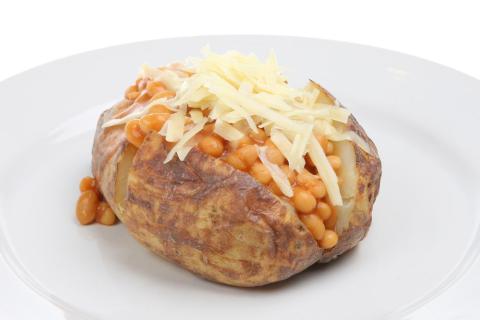- 1 Tablespoon (10g) Vegetable Oil
- 1 Large Sized (240g) Onion
- 1 (3g) Garlic Clove
- 1 Teaspoon (1g) Dried Coriander
- 1 1 cm Piece (10g) Ginger
- To Taste Ground Black Pepper
- 1 Pack (250g) Mushrooms
- 1 Tin (440g) Chickpeas In Unsalted Water
- 1 Tin (400g) Chopped Tomatoes
- ½ (200g) French Stick
- 8 Teaspoons (40g) Low Fat Spread
Ingredients
Allergy Disclaimer
Always check the label of each ingredient for allergy warnings.
Method
- Peel and finely chop the onions and garlic. Use a knife or vegetable peeler to remove the outer layer of ginger and finely chop. Slice the mushrooms.
- In a large pan heat the vegetable oil. Fry the onions for 2-3 minutes then add the garlic and mushrooms and fry for a further 2 minutes.
- Drain the chickpeas and add to the pan with the chopped tomatoes, ginger and coriander.
- Bring to the boil and then simmer for approximately 10 - 15 minutes allowing the stew to thicken. Add black pepper to taste.
- Cut the French stick into chunks, spread with low fat spread then serve with the stew.
Time Saver Tips
Make in advance and reheat when ready.
Cost Saver Tips
Can serve with other bread that you already have at home.
Tips for Kids
Let them help with the preparing of vegetables and stirring of the stew. Try with their favourite vegetables.
Nutritional Information
Based on a single serving of 389g (% of an adult's reference intake)
Energy
308 kcals ( 15 %)
1,294 kJ ( 15 %)
Fat
1.6 g ( 8 %)
Saturates
46.5 g ( %)
Sugar
8.5 g ( 9 %)
Salt
1.3 g ( 22 %)
Detailed nutritional information
| Per 100g | Per 389g serving | |
|---|---|---|
| Energy Kcals | 98 | 308 |
| Energy Kj | 412 | 1,294 |
| Protein | 3.7 g | 11.6 g |
| Total Fat | g | g |
| Saturated Fat | 0.5 g | 1.6 g |
| Carbohydrates | 14.8 g | 46.5 g |
| Total Sugars | 2.7 g | 8.5 g |
| NSP Fibre | 1.7 g | 5.3 g |
| Sodium | 176 mg | 553 mg |
| Salt | 0.4 g | 1.3 g |
Find out about nutritional labelling
Nutrition labels on the front of packaging
- Most of the big supermarkets and many food manufacturers display nutritional information on the front of pre-packed food.
- Front of pack nutrition labels provide information on the number of grams of fat, saturated fat, sugars and salt and the amount of energy (in kJ and kcal) in a serving or portion of a recipe.
- The labels also include information about reference intakes (expressed as a percentage) which are guidelines about the approximate amount of particular nutrients and energy required for a healthy diet.
- The colour coding tells you at a glance if the food has high (red), medium (amber) or low (green) amounts of fat, saturated fat, sugars and salt.
- The more greens on the label, the healthier the choice
- Amber means neither high nor low, so you can eat foods with all or mostly ambers on the label most of the time.
- Reds on the label means the food is high in that nutrient and these are the foods we should cut down on. Try to eat these foods less often and in small amounts.
Food shopping tips
If you’re trying to decide which product to choose, check to see if there's a nutrition label on the front of the pack. This will help you to quickly assess how your choices stack up. You will often find a mixture of red, amber and green colour coding for the nutrients. So when you're choosing between similar products, try to go for more greens and ambers and fewer reds if you want to make a healthier choice.
 Activities & Play
Activities & Play Behaviour
Behaviour Childcare
Childcare Development & Growing Up
Development & Growing Up Family, Friends & Relationships
Family, Friends & Relationships Feeding Your Baby
Feeding Your Baby Food & Eating
Food & Eating Health & Safety
Health & Safety Mental Health & Wellbeing
Mental Health & Wellbeing Money & Work
Money & Work Online Behaviour & Safety
Online Behaviour & Safety Pregnancy & First Days
Pregnancy & First Days School & Education
School & Education Sleep
Sleep

